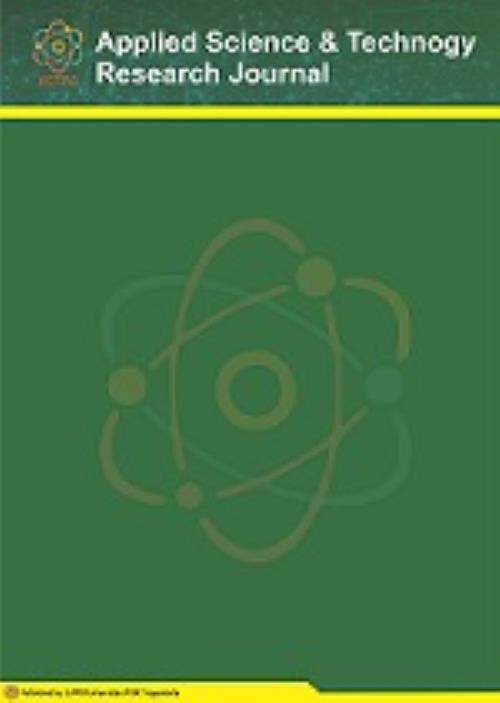Physical Appearance of Commercial Herbal Eco-Green Soap Bar Combination of Madeira Vine Leaf Extract and Citronella Oil
DOI:
https://doi.org/10.31316/astro.v3i1.6144Abstract
Herbal Eco-green soap is made by saponification using cold or hot process soap that reacts the lye with vegetable oil (soap base) and herbal component. Coconut oil is a vegetable oil that gave a nice hardness and foaming to the soap bar. There are two types of coconut oil on the market, namely coconut oil without a filtration process (unrefined) which contain more fatty acid and that has been filtered (refined) which contains less fatty acid. The free fatty acid from vegetable oil that is not saponified would affect the mushy soap and the rancid smell because of any matter that not saponified. The herbal extract added would affect the soap’s organoleptic and homogeneity. In this study, the organoleptic, homogeneity, and foam stability the as physical appearance of the herbal eco-green soap bar was evaluated for the better choice of coconut oil as a base herbal soap. The soap bar made by cold process and there was divided four group formula. Herbal soap with base soap and herbal component combination of madeira vine leaf extract with citronella oil (F1 and F2) and base soap with coconut oil without herbal component (F3 and F4). Formula 1 and 3 using refined coconut oil and F2 and 4 using non refined coconut oil. The study result that the herbais l soap more mushy and looked green than base soap. Herbal soap with non refined coconut oil more homogeneous (F2) and formula 3 was a hardest soap with white colour. All formulas had moderate foam stability.
Downloads
Published
How to Cite
Issue
Section
Citation Check
License
Copyright (c) 2024 Hanifah Karimatulhajj, Ryan Rohmansyah, Haura, Dzikra, Soibatun

This work is licensed under a Creative Commons Attribution-ShareAlike 4.0 International License.
Authors who publish with this journal agree to the following terms:
- The journal allow the authors to hold the copyright without restrictions and allow the authors to retain publishing rights without restrictions.
- Authors retain copyright and grant the journal right of first publication with the work simultaneously licensed under a Creative Commons Attribution-ShareAlike 4.0 International License that allows others to share the work with an acknowledgement of the work's authorship and initial publication in this journal.
- Authors are able to enter into separate, additional contractual arrangements for the non-exclusive distribution of the journal's published version of the work (e.g., post it to an institutional repository or publish it in a book), with an acknowledgement of its initial publication in this journal.
- Authors are permitted and encouraged to post their work online (e.g., in institutional repositories or on their website) prior to and during the submission process, as it can lead to productive exchanges, as well as earlier and greater citation of published work (See The Effect of Open Access).









